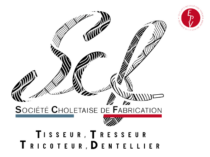Natural organic or recycled plant materials
Natural plant-based, organic and recycled materials are becoming increasingly popular in fashion and decoration. Consumers are increasingly concerned about the environment and are looking for sustainable, nature-friendly alternatives to traditional synthetic materials. Natural plant-based materials offer considerable advantages, including increased durability, reduced environmental impact and a natural, authentic aesthetic.
For years, SCF has been sourcing yarns from a large stock of natural plant-based materials such as conventional cotton, jute, linen and hemp, as well as organic cotton yarns and recycled yarns such as recycled organic cotton.
Natural plant-based, organic and recycled materials are becoming increasingly popular in fashion and decoration. Consumers are increasingly concerned about the environment and are looking for sustainable, nature-friendly alternatives to traditional synthetic materials. Natural plant-based materials offer considerable advantages, including increased durability, reduced environmental impact and a natural, authentic aesthetic.
For years, SCF has been sourcing yarns from a large stock of natural plant-based materials such as conventional cotton, jute, linen and hemp, as well as organic cotton yarns and recycled yarns such as recycled organic cotton.
Cotton, Organic cotton, Recycled organic cotton
Cotton in 2021 will account for 24 million tonnes, or 22% of the world’s plant fibre production. Despite its naturalness, conventional cotton is far from being a sustainable material. The production of 1kg of cotton requires pesticides, insecticides and fertilisers, as well as between 5,000 and 17,000 litres of water, depending on the cultivation techniques used and the geographical area of production.
Cotton technical properties
Cotton has excellent absorbency properties, and weaving or braiding this yarn makes it a soft, comfortable fabric that is easy to work with. It is also reputed to take dyes easily.
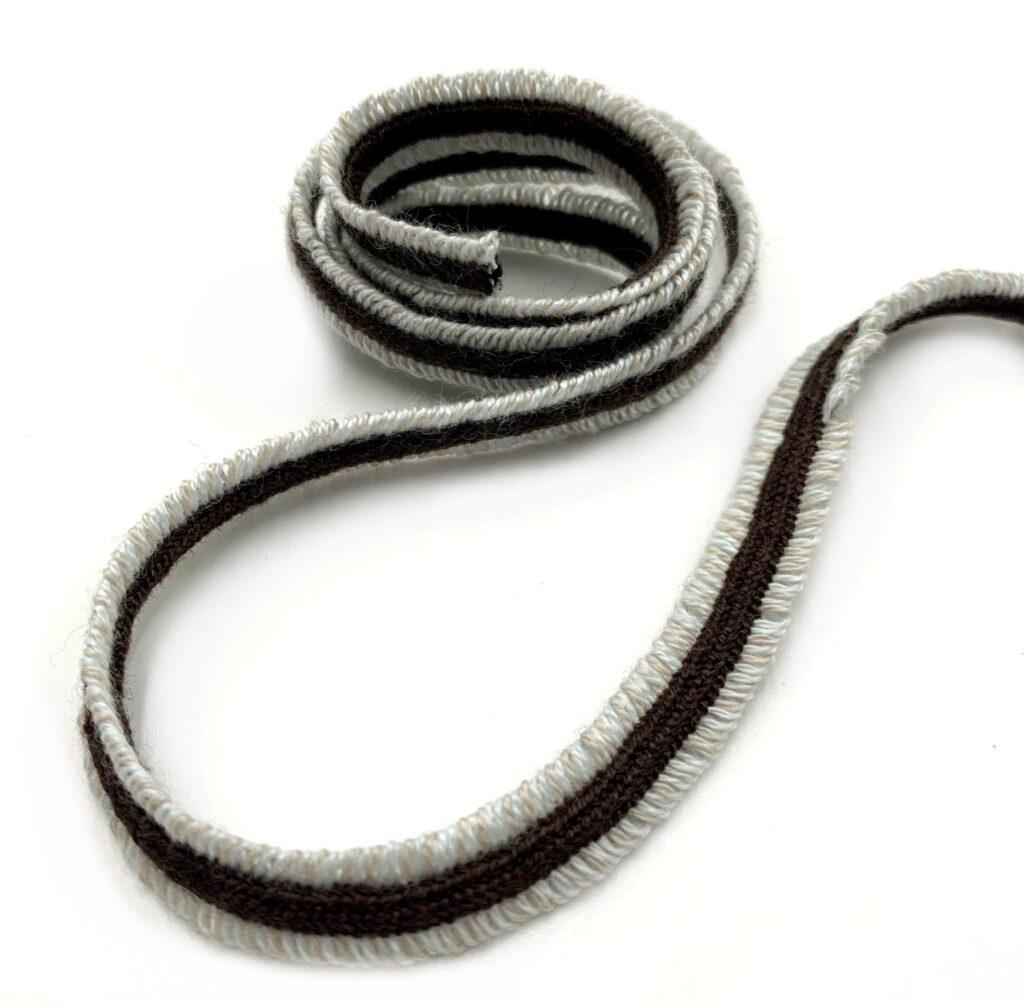
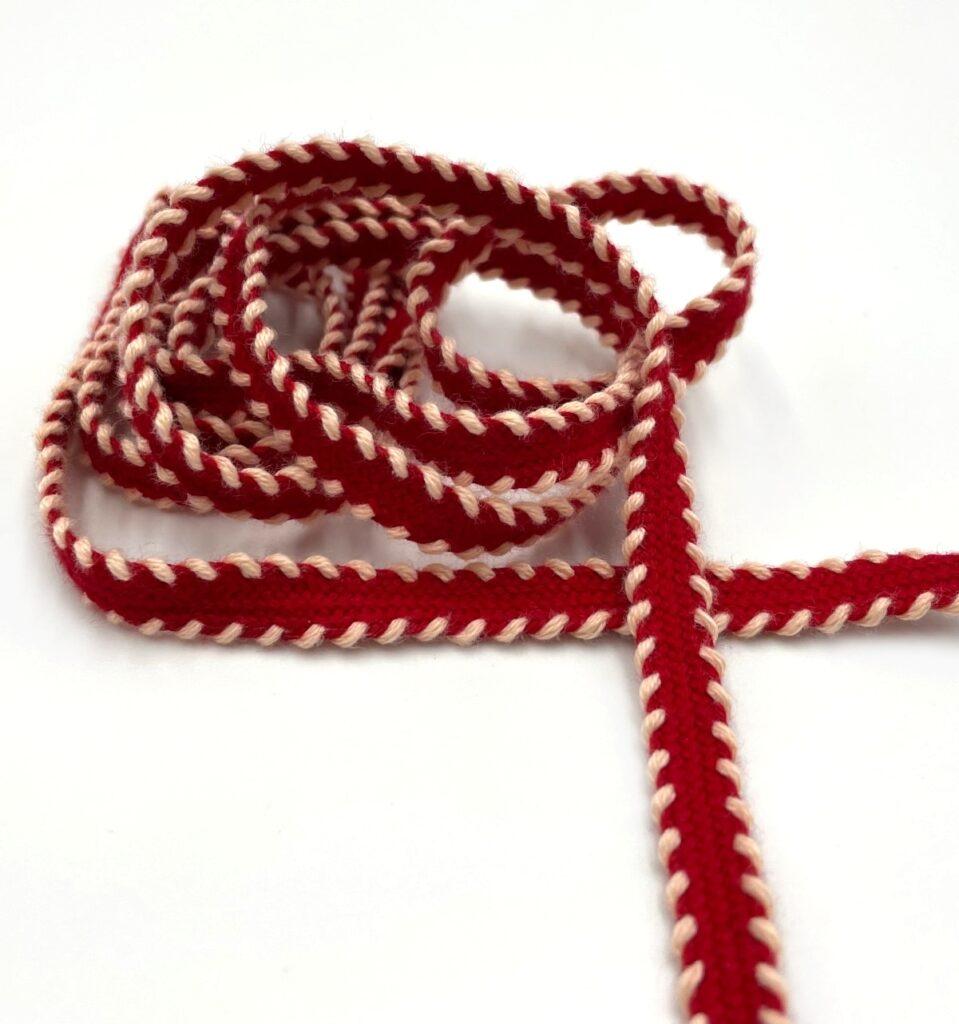
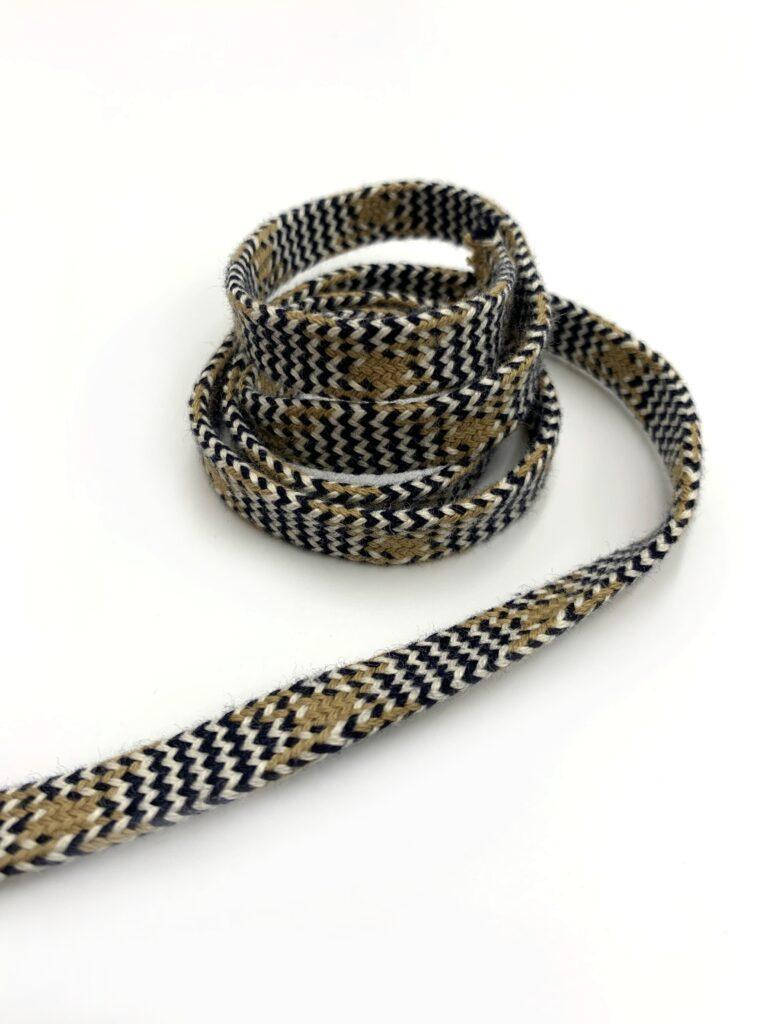
SCF’s cotton
Conventional cotton is one of SCF’s most popular materials. Because of its qualities, this natural fibre is the material most in demand by its fashion customers.
- matt or mercerised cotton for a shinier look
- a wide range of yarn counts: from the finest to the thickest
- Extensive colour ranges, with customers able to develop their own shades
SCF’s organic cotton: the alternative
For several years now, SCF has been offering its customers an alternative to conventional cotton: organic cotton. Organic cotton is grown on healthy soils, without pesticides or insecticides, and uses less water. Organic cotton accounts for 24% of world cotton production. As with conventional cotton, SCF is able to offer :
- matte and mercerised organic cotton
- different thread counts
- the possibility of made-to-measure dyeing
- a range of colours
Recycled organic cotton: deconstruct to build
As for recycled organic cotton, it is making its debut in SCF’s ranges, presented for the first time in 2022 in the Spring-Summer 2024 “La Baie” collection.
This type of fibre comes from old clothing and textile products made from 100% organic cotton. They are shredded, then re-spun to create a new yarn.
This type of material avoids the depletion of natural resources such as water, with a smaller ecological footprint.
All SCF cottons are certified Oeko-tex® Standard 100 – Class I.
Linen
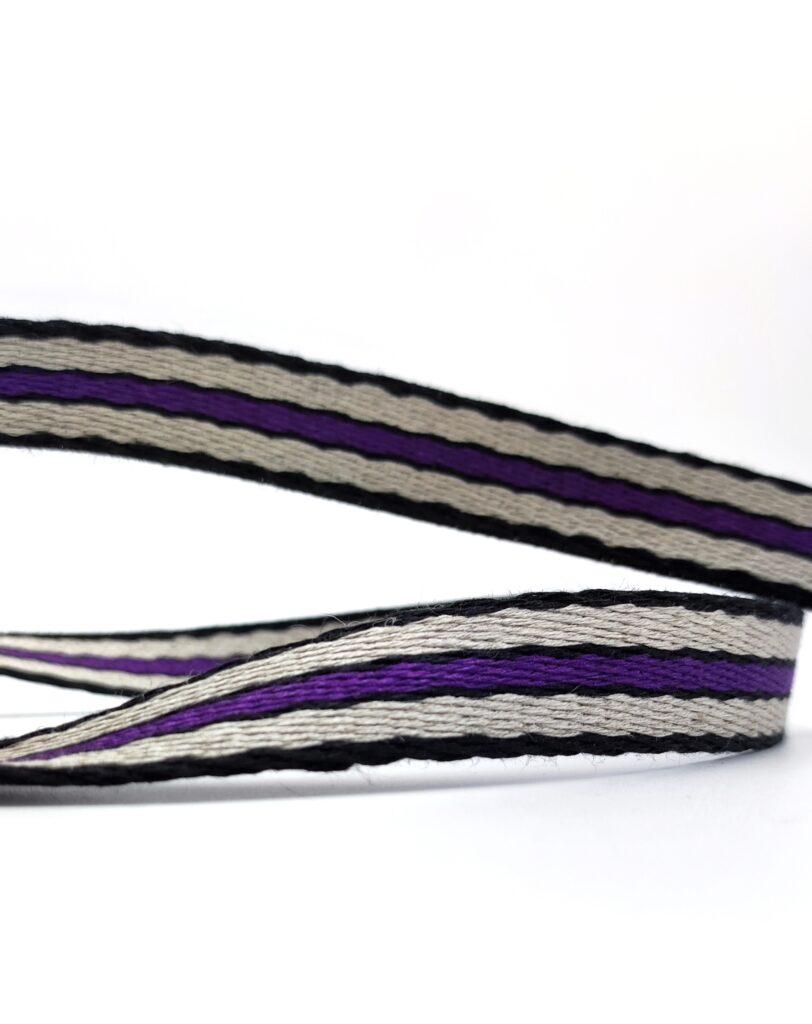
In 2021, 1.1 million tonnes of linen were produced worldwide, 80% of it in France (Textile Exchange). This makes France the world’s leading linen producer (French Linen Industry).
Linen technical properties
Linen is recyclable and biodegradable by nature.
Strong and light, its fibre is appreciated for its absorbency, strength and ability to cool bodies.
Its high-end, noble character makes it an exceptional material. Commonly used in the textile industry (household linen, ready-to-wear, footwear, leather goods, etc.) ….
SCF’s linen
SCF sources its Linen yarn in France, braids, weaves and dyes it, making products made from 100% Linen a pure Made in France product.
SCF offers its customers :
- from fine to very thick Linen yarns (thread count)
- undyed natural Linen yarns
- Linen yarns ready to dye
- a range of colours according to yarn count
SCF is certified Oeko-tex® Standard 100 – Class I for all its Linen products.
Jute
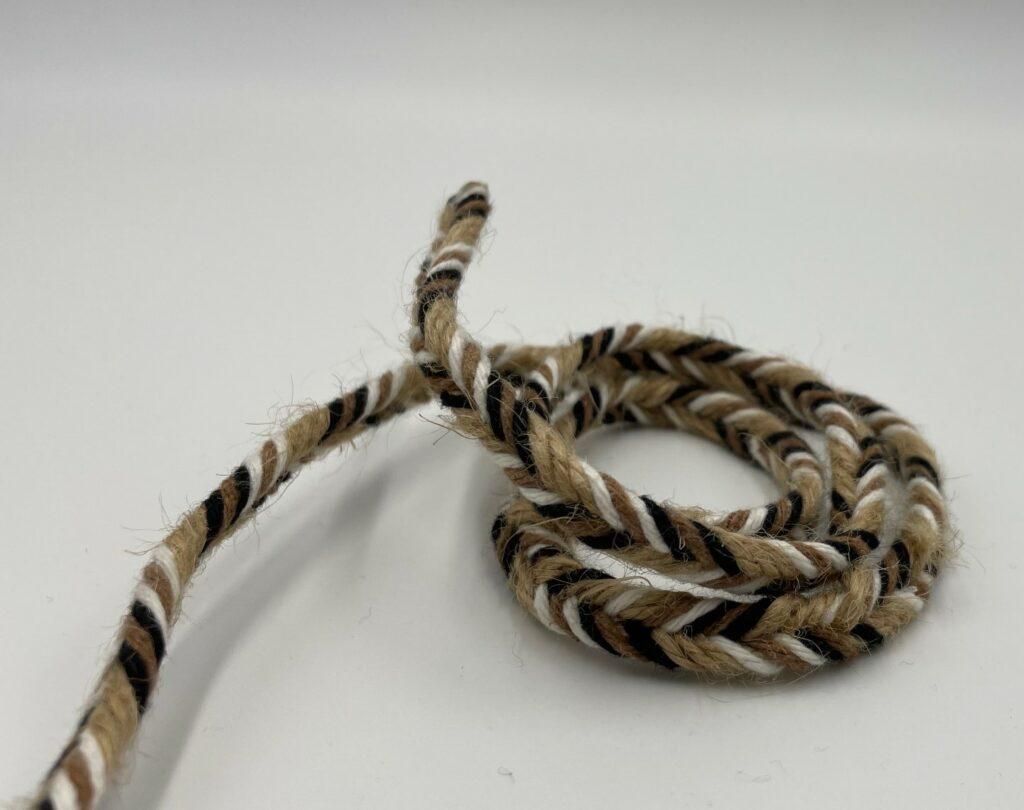
SCF’s jute
The world produces 3.4 million tonnes of jute.
Unlike Linen, jute needs a tropical climate to grow and turn golden. It is grown mainly in the Bay of Bengal region.
Its fibres are less flexible and less resistant than Linen, but just as recyclable and biodegradable.
Used to make espadrille soles, packaging, packing cloth, agricultural bags, etc. SCF works jute into canasta or braid for leather goods (basket handles).
hemp
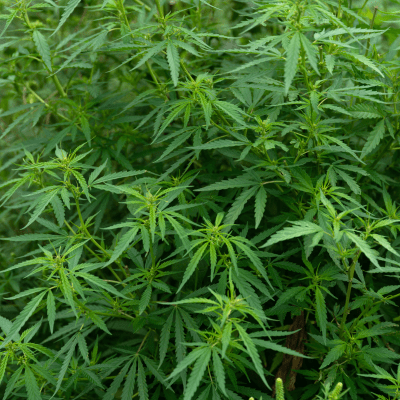
France is Europe’s leading producer of hemp, with almost 1/3 of the total (Interchanvre). Although the industry is still relatively small, it is developing rapidly, just like its neighbour, Linen.
Mostly grown in the north of France, this plant requires no treatment, making it the natural, eco-friendly plant par excellence.Growing up to 4 metres high, hemp fibre is the longest and strongest of all plant fibres. Natural, it is used for ropes and other ropes on boats. For it to become a textile fibre, it undergoes several processing stages: retting, crushing and then spinning. The hemp yarn is then ready to be braided or woven.
Hemp’s technical properties
Hemp fibre has many advantages, including being strong, highly absorbent, antibacterial and UV-resistant. Because of its retention capacity, hemp is easy to dye.
SCF’s hemp
After being tested in its workshops, hemp made its first appearance in the by SCF collection in 2022 in the “La Baie” collection.
Popular with our customers, this yarn is used in fashion markets such as shoelaces, drawstrings (sweater drawstrings, trouser drawstrings), flat braid or galloon, as well as the household linen market.
At SCF, you can have your own colours developed and give your items a personalised finish, such as a glaze for a baked-on effect or a wax for a shiny look.
SCF, involved in the textile industry since 1967
Cotton, Organic cotton, Recycled organic cotton
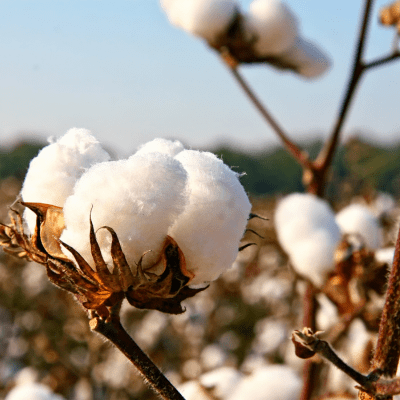
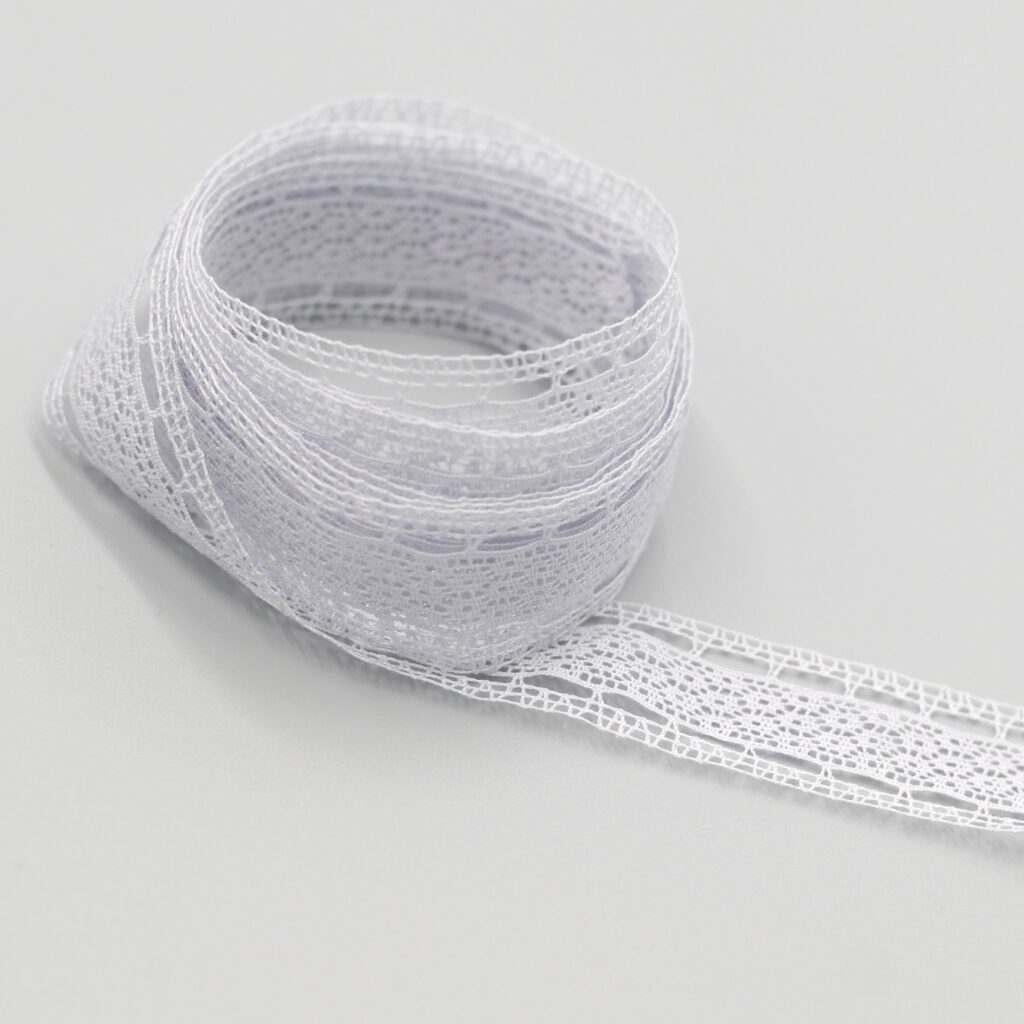
Cotton in 2021 will account for 24 million tonnes, or 22% of the world’s plant fibre production. Despite its naturalness, conventional cotton is far from being a sustainable material. The production of 1kg of cotton requires pesticides, insecticides and fertilisers, as well as between 5,000 and 17,000 litres of water, depending on the cultivation techniques used and the geographical area of production.
Cotton technical properties
Cotton has excellent absorbency properties, and weaving or braiding this yarn makes it a soft, comfortable fabric that is easy to work with. It is also reputed to take dyes easily.
SCF’s cotton
Conventional cotton is one of SCF’s most popular materials. Because of its qualities, this natural fibre is the material most in demand by its fashion customers.
- matt or mercerised cotton for a shinier look
- a wide range of yarn counts: from the finest to the thickest
- Extensive colour ranges, with customers able to develop their own shades
SCF’s organic cotton: the alternative
For several years now, SCF has been offering its customers an alternative to conventional cotton: organic cotton. Organic cotton is grown on healthy soils, without pesticides or insecticides, and uses less water. Organic cotton accounts for 24% of world cotton production. As with conventional cotton, SCF is able to offer :
- matte and mercerised organic cotton
- different thread counts
- the possibility of made-to-measure dyeing
- a range of colours
Recycled organic cotton: deconstruct to build
As for recycled organic cotton, it is making its debut in SCF’s ranges, presented for the first time in 2022 in the Spring-Summer 2024 “La Baie” collection.
This type of fibre comes from old clothing and textile products made from 100% organic cotton. They are shredded, then re-spun to create a new yarn.
This type of material avoids the depletion of natural resources such as water, with a smaller ecological footprint.
All SCF cottons are certified Oeko-tex® Standard 100 – Class I.
linen
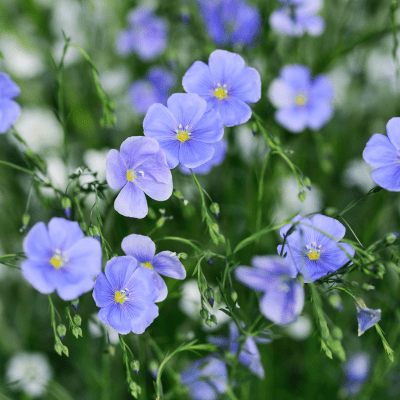
En 2021, 1,1milions de tonnes de lin ont été produits dans le monde dont 80% en France (Textile Exchange). Ce qui fait de notre pays le premier producteur de lin au monde (Industrie française du lin).
In 2021, 1.1 million tonnes of linen were produced worldwide, 80% of it in France (Textile Exchange). This makes France the world’s leading linen producer (French Linen Industry).
Linen technical properties
Linen is recyclable and biodegradable by nature.
Strong and light, its fibre is appreciated for its absorbency, strength and ability to cool bodies.
Its high-end, noble character makes it an exceptional material. Commonly used in the textile industry (household linen, ready-to-wear, footwear, leather goods, etc.) ….
SCF’s linen
SCF sources its Linen yarn in France, braids, weaves and dyes it, making products made from 100% Linen a pure Made in France product.
SCF offers its customers :
- from fine to very thick Linen yarns (thread count)
- undyed natural Linen yarns
- Linen yarns ready to dyea
- range of colours according to yarn count
SCF is certified Oeko-tex® Standard 100 – Class I for all its Linen products.
Jute
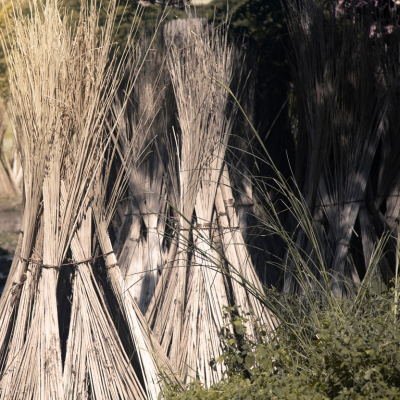
SCF’s jute
The world produces 3.4 million tonnes of jute.
Unlike Linen, jute needs a tropical climate to grow and turn golden. It is grown mainly in the Bay of Bengal region.
Its fibres are less flexible and less resistant than Linen, but just as recyclable and biodegradable.
used to make espadrille soles, packaging, packing cloth, agricultural bags, etc. SCF works jute into canasta or braid for leather goods (basket handles).
hemp

France is Europe’s leading producer of hemp, with almost 1/3 of the total (Interchanvre). Although the industry is still relatively small, it is developing rapidly, just like its neighbour, Linen.
Mostly grown in the north of France, this plant requires no treatment, making it the natural, eco-friendly plant par excellence.Growing up to 4 metres high, hemp fibre is the longest and strongest of all plant fibres. Natural, it is used for ropes and other ropes on boats. For it to become a textile fibre, it undergoes several processing stages: retting, crushing and then spinning. The hemp yarn is then ready to be braided or woven.
Hemp’s technical properties
Hemp fibre has many advantages, including being strong, highly absorbent, antibacterial and UV-resistant. Because of its retention capacity, hemp is easy to dye.
SCF’s hemp
After being tested in its workshops, hemp made its first appearance in the by SCF collection in 2022 in the “La Baie” collection.
Popular with our customers, this yarn is used in fashion markets such as shoelaces, drawstrings (sweater drawstrings, trouser drawstrings), flat braid or galloon, as well as the household linen market.
At SCF, you can have your own colours developed and give your items a personalised finish, such as a glaze for a baked-on effect or a waxfor a shiny look.
